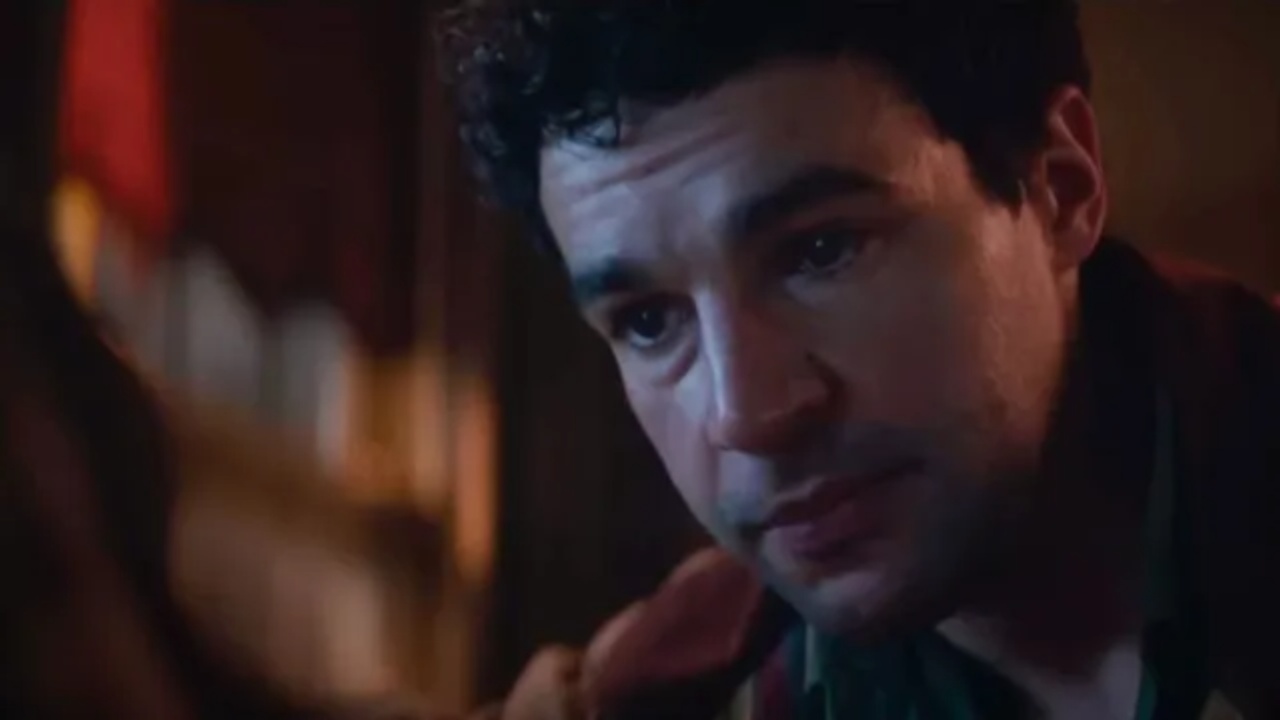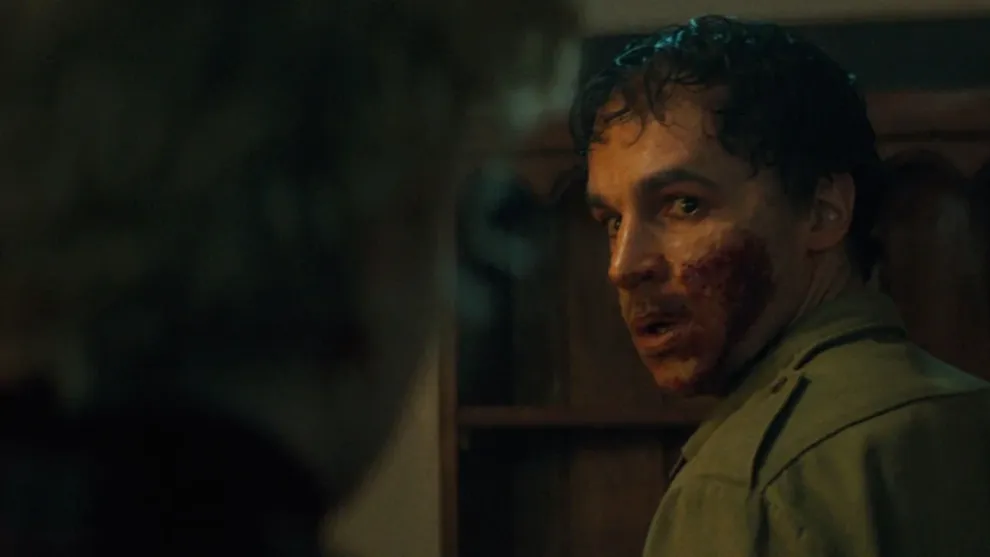Leigh Whannell, known for his creative take on The Invisible Man (2020), breathes new life into another classic horror tale with Wolf Man. This remake of the 1941 film opts for a stripped-down narrative that emphasizes emotional depth and subtle storytelling. Whannell’s vision transforms the classic werewolf mythology into a more contained and emotionally resonant story.
By minimizing supernatural explanations and focusing on intimate character dynamics, Wolf Man explores themes of generational trauma, toxic masculinity, and redemption. The film’s pared-back approach offers a refreshing update to the traditional horror formula, setting the stage for a memorable cinematic experience.
The narrative follows Blake, a New York writer, as he confronts his haunted past in the Oregon wilderness. After his abusive father is declared dead, Blake returns to his childhood home with his wife Charlotte, and daughter Ginger. Their strained family dynamic is tested when a werewolf attack upends their plans.
Blake, infected by the wolf virus, begins transforming into a beast, mirroring his fears of becoming like his abusive father. As chaos unfolds, the family’s survival depends on facing their fractured relationships and grappling with the legacy of trauma. The film’s minimalist setting intensifies the emotional stakes, allowing the audience to focus on the characters’ personal struggles.

A Unique Spin on Werewolf Mythology: The Wolf Virus Explained
Whannell introduces a distinct take on the werewolf curse with the “wolf virus.” This disease, which spreads through slashes rather than bites, permanently alters its victims, granting them heightened senses and night vision. Unlike traditional werewolf lore, the film leaves the origins of the virus ambiguous, blending elements of science fiction and the supernatural.
This creative reinterpretation deepens the metaphorical significance of the transformation, linking it to the inherited cycle of abuse. The disease becomes a powerful symbol of the toxic traits passed down through generations, amplifying the film’s emotional resonance and grounding its horror in real-world themes.
The climax sees Charlotte and Ginger confronting a fully transformed Blake in the woods. Blake, aware of his monstrous state, provokes Charlotte into shooting him, sacrificing himself to protect his family from further harm. The emotional final scene unfolds in a picturesque valley, a location introduced early in the film as a symbol of peace and hope.
This full-circle moment signifies healing for Charlotte and Ginger, who bond through their shared grief and survival. The valley serves as a metaphor for closure, marking the family’s triumph over the literal and figurative monsters that haunted them. This poignant ending highlights the film’s underlying themes of redemption and resilience.

Symbolism and Subtext: Exploring Generational Trauma
Wolf Man is a story steeped in symbolism, with the wolf virus serving as a metaphor for generational trauma. Blake’s struggle mirrors his fear of becoming his father, an abusive figure whose toxic traits have scarred him deeply. The father-son dynamic takes on literal and symbolic significance as Blake’s transformation forces him to confront these inherited traits.
By choosing death over becoming a true monster, Blake breaks the cycle of abuse, sparing his daughter from the same fate. This narrative arc, combined with Charlotte and Ginger’s evolving relationship, underscores the film’s focus on overcoming familial pain and forging new paths.
Whannell’s Wolf Man successfully reinvents the classic tale by combining horror with a deeply personal story of redemption. The film’s minimalist approach—focusing on a small cast and a single setting—amplifies the emotional weight of its themes. By weaving together elements of suspense, family drama, and symbolism, Whannell crafts a tale that resonates beyond its horror roots.
The ending, steeped in hope and closure, leaves a lasting impression. Through its unique reinterpretation of werewolf mythology, Wolf Man stands out as a poignant exploration of the human condition, proving that horror can be both terrifying and deeply moving.



